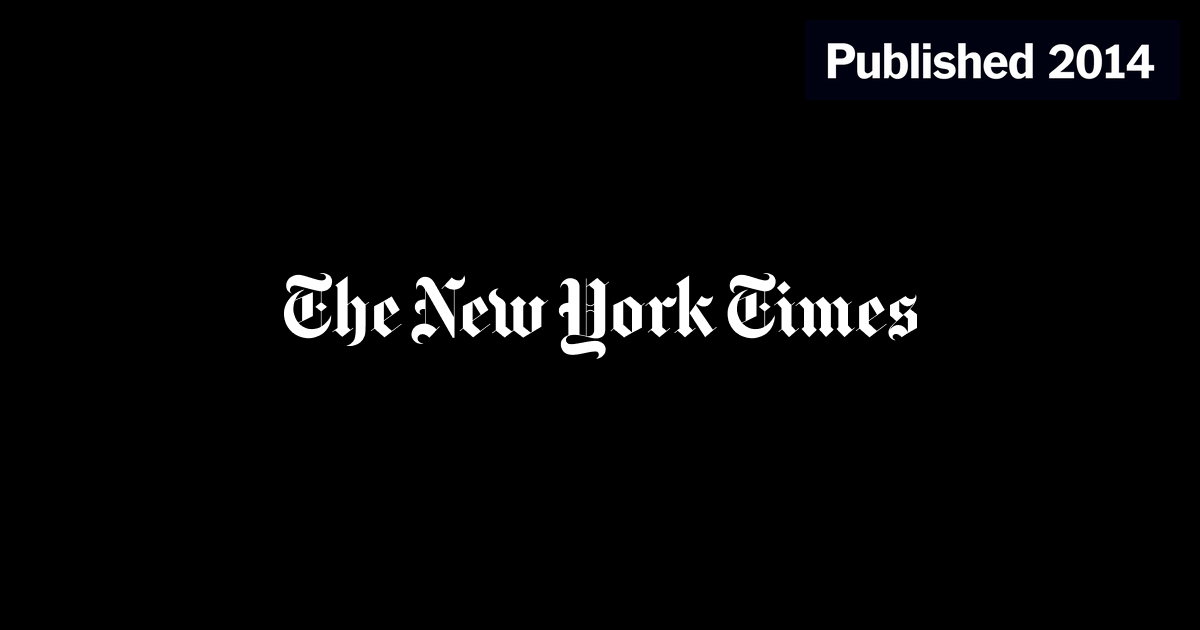Meme Request: What they wanted: Obama with a little pink bowtie and Biden holding waving a little Minnesota flag. What they got: Hillary Clinton with a tint filter over her and Kerry waving a little Minnesota flag
- 29 Posts
- 164 Comments

 2·1 year ago
2·1 year agowe cannot keep selling shows to Fox

 1·1 year ago
1·1 year agoI mean there wasn’t enough of them to flip the swing states. Also somehow I doubt that all the RFK Jr and Chase Oliver and Randell Terry and Peter Sonski voters would have gone for Harriss

 2·1 year ago
2·1 year agoExcept for McCain, Bob Dole, Bush Senior the second time around, and Barry Goldwater

 21·1 year ago
21·1 year agoI mean, no, a Landslide is historically defined as 400 EVs and that hasn’t happened in a while, not even Obama quite got there.
But it is the biggest victory a Republican has had since 1988. I don’t get all the hemming and hawing about mandates and plurality of PV vs majority of PV and stuff. This was a bigger win for the Republicans then 2000, 2004, and 2016. 2004 is the only one that’s even debatable. Harris lost harder than any democrat since Micheal Dukakis. And while a lot of that is people who only show up for Trump and thus it’s possible 2028 is a democrat wave, there’s also a lot of people specifically turned off by Trump who might not mind the far younger Vance(who had the biggest glowup this year of the 4 people on the tickets, he went from bottom in popularity to comparable to Walz, meanwhile Trump and Walz stagnated and Harris surged and then un-surged)
While they benefited from it later at this point Virginia was a population powerhouse, the actual states pushing for this were the small New England states, I think some of them only gave up their giant western claims(google ‘long connecticut’) in exchange for it.
It was also a compromise. Proto-Federalists wanted a direct democracy determined by population, Proto-Democratic-Republicans wanted each state to get one vote. In the end they split the difference, House was determined by population, Senate by states, and the president by a hybrid system that didn’t fully give either what they wanted.
If you went back in time to stop the electoral college you could just as easily get a ‘One vote per state for president, 26 votes wins’ system instead of a direct democracy.
 2·1 year ago
2·1 year agoUh…Hawaii? West Virginia? Rhode Island?

 1·1 year ago
1·1 year ago64ish is literally the third highest since 1900, only behind 1960(similar range) and 2020(65ish). It was 54% in 2000. This stuff tends to eb and flow. There was a steady decline from 1960 until 2000 and it’s been rising since. 1920-1960 was steady growth, 1870s to 1920s was a decline. Prior to that it was growth more or less since the start

 1·1 year ago
1·1 year agoAlso voters died. Old age, COVID, random accidents

 2·1 year ago
2·1 year ago63 and a half percent. Third highest since 1900, only behind 2020(65.8%) and 1960(high 64s to low 65s depending on source). For context, 2008 was 61.6, 2016 was 59.2, and 2000 was 54.3.

 1·1 year ago
1·1 year agoThe VEP is the third highest since 1900, only behind 2020 and 1960. This is an extremely high turnout election

 2·1 year ago
2·1 year agoThis is literally the third highest turnout since 1900 by VEP, only behind 2020 and 1960. This is hardly a low turnout election. The last ‘low turnout’ election was 2000, most of the ones since have been average or slightly above.

 2·1 year ago
2·1 year agoThis is literally the third highest turnout since 1900 by VEP, only behind 2020 and 1960. This is hardly a low turnout election. The last ‘low turnout’ election was 2000, most of the ones since have been average or slightly above.

 33·1 year ago
33·1 year agoHow do you know they were Democrats and not independents?

 10·1 year ago
10·1 year ago3rd highest turnout since 1900 is a bronze metal and absolutely one for the record books.
 1·1 year ago
1·1 year agoFlorida has had the fastest counting in the country for years in response to what happened in 2000
 3·1 year ago
3·1 year agoThey’ll never accept the Italians/Irish, they’re still blue, they’re still blue!They’ll never win the Dixiecrats, they’re still blue, they’re still blueThe Latino Men will ALWAYS vote blue this time we swear
 21·1 year ago
21·1 year agoSwing State is 5 point margin or less. Virginia is like 5.1 right now so it’s arguably stretching the definition, but still.
Also as I pointed out, that argument doesn’t hold up nearly as well in New Hampshire or Minnesota. Trump basically ignored NH despite giving Virginia and New Mexico plenty of attention. NJ got more attention. Hell, NY and Cali got more attention. He visited it with Vance once at the literal last minute because of how hard the polls tightened in the last week(see 538). Not to mention the third party spread there was horrible for him, RFK Jr and Chase Oliver both there(and New Hampshire Republicans are very libertarian), and just Jill Stein on the left, no Cornel or Claudia or one of the fringe Socialists.
Take out RFK Jr, add in Claudia or Cornel, get Trump to give them the same level of attention he gave Virginia or New Mexico, maybe make a speech with those clips of Democrats calling to end New Hampshire and Iowas Primary lead spot vowing to protect their first primary role. I genuinely think it would have flipped Red in that scenario.
The other two no, but Minnesota had their Golden Boy as the VP and only held by less than 4 points. Without him? With more Trump visits? Ehhhh. New Mexico was mostly fine, I’m pretty much entirely citing 1.1% of the vote going to RFK Jr. Probably past the Swing State margin without that. Also there’s a new Liberal Party there made from moderate Libertarians.
 4·1 year ago
4·1 year ago(If you were to include Arizona, you’d also have to include New Mexico and New Jersey, both of which were closer than Arizona. Maine is also only slightly less close than Arizona)




I’ll let you cope if you make a meme for me What they Wanted: Barack Obama with a lil bowtie and Joe Biden waving a Minnesota flag(new version) What they got: Hillary Clinton with a sunglasses tint effect to make her look darker and John Kerry with 3 purple hearts waving a Minnesota flag(old version)